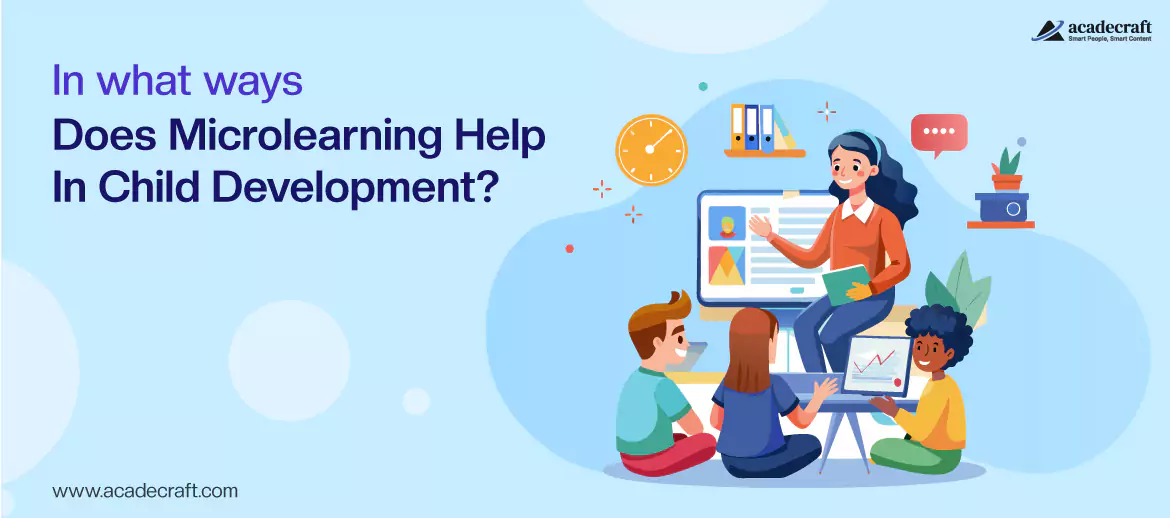
As a result of the dynamic nature of education, traditional teaching methods are being replaced and supplemented more and more often with innovative strategies. These strategies meet the demands of contemporary learners. Microlearning solutions have emerged as one such strategy, and it is especially useful in early childhood development.
But do we really understand the meaning of microlearning and how does it help? To discuss microlearning from the roots and understand its relevance in molding children’s educational lives, you need to stick to this blog post.
Microlearning is a type of education that delivers information in small, easily absorbed chunks. This contrasts with conventional teaching methods, which usually include lengthy and unbroken lectures. The explanation behind this model of microlearning solutions is that kids lack extended concentration periods; thus, they are able to learn better when the material is provided over shorter periods during focused teaching sessions.
Usually, the average length for microlearning protocols is from two to ten minutes, depending on the topic difficulty as well as the learners' age. They could be in different formats, such as videos, interactive quizzes, flashcards, and games, among others, that ensure that learners remain focused while enhancing their memory via repeated sessions and involvement.
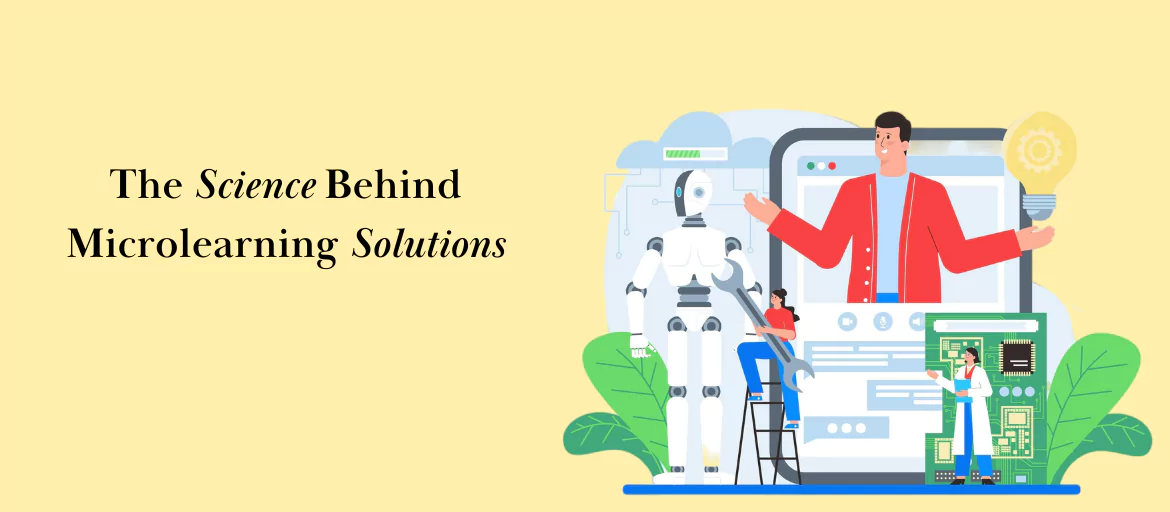
The effectiveness of microlearning solutions is endorsed by diverse cognitive theories that underline how humans process and retain information. Cognitive Load Theory is one such theory, which posits that the human brain can only handle a manageable amount of information at once.
When one has too much information presented to them, then there occurs overload in the mind leading to poor comprehension as well as retention. Microlearning solutions reduce cognitive load; they break down learning materials into small units, making it easier for children to comprehend and remember what they have been taught.
Besides, the Spacing Effect is another theory that posits that learning is enhanced by the periodic presentation of content instead of its continuous presentation at a single period for long periods.
Microlearning solutions adopt this paradigm by breaking it down into various discrete units on various subjects and enhancing mnemonics as well as understanding in learners’ minds. This specific mode of study suits the youthful age group best since the majority are usually immaturely cerebrated individuals hence making them forget what they had been taught because their brains would have been overloaded with details.
Critical to cognition, microlearning solutions cover a child's capabilities to think, learn, and comprehend. This method agrees with the stages of human cognitive development as proposed between various phases of cognitive growth by Jean Piaget (1896-1980), especially at stages known as preoperational and concrete operational stages (period two to eleven years).
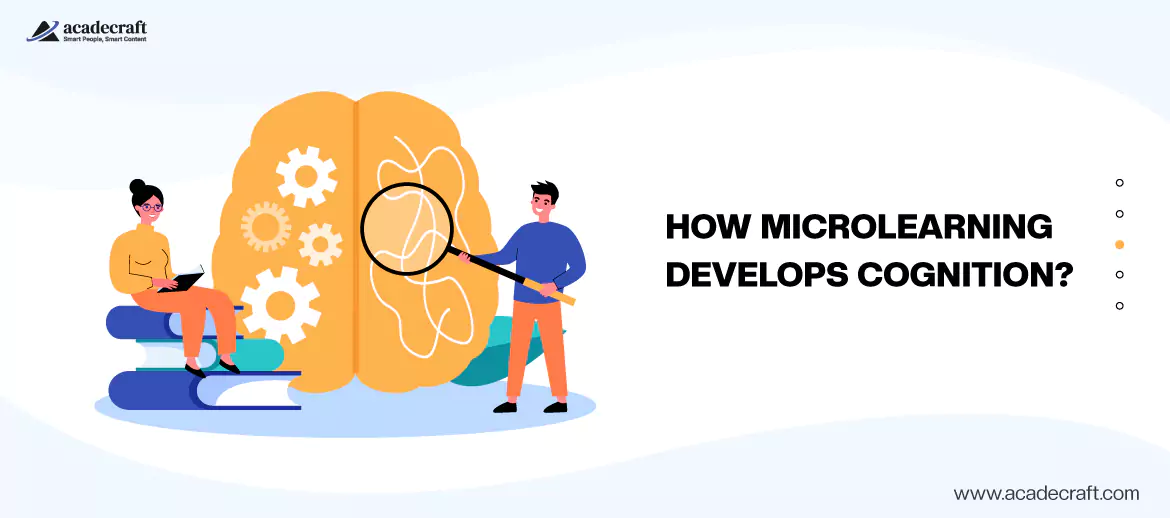
1. Enhancing Attention and Focus: From the early years of development, children have an inherent condition called attention deficit disorder. Children with this issue have shorter attention spans. This can pose a challenge to teachers using long teaching sessions as it may lead to boredom among students who have less patience.
One approach to overcoming this problem is through microlearning, where short lessons are delivered to such children in a way that captures their little minds for retention and comprehension purposes. Therefore, delivery in a micro-learning fashion improves the level of concentration of students since they are able to take in and hold more knowledge at once due to its brevity without losing it from their memory.
2. Supporting Memory Retention: Microlearning is also understood as space repetition and memory retention curved by its recurrent nature because, through varied formats where children find themselves being exposed to certain things continuously, like video clips and online quizzes with interactive games, they tend to keep those things. In addition, there are occasions when the reinforcement of numbers, letters colors, among other basic aspects, should be done at the preschool level, which could easily go out of the mind.
3. Encouraging Active Learning: Normal education systems do not emphasize teaching for understanding and life-long learning as we find in micro-learning. In active learning, doing things is far more preferable than just hearing about them or seeing them in pictures. As a result, this kind of approach enhances comprehension. It builds analytical skills because learners are required to reflect on their experiences so as to come up with the needed information.
Additional Read: How Corporate Training Companies Measuring the Impact of Traning Programs
Microlearning solutions also promote children's social and emotional growth besides cognitive development. Social and emotional growth is significant since it affects children's interaction with others, emotion management skills, self-awareness, and compassion.
1. Building Confidence Through Achievements: Gamification is often incorporated into microlearning modules through the use of badges, rewards, and progress tracking that offer immediate feedback and a sense of accomplishment. This allows them to celebrate small wins along the way that ultimately help boost their self-esteem as children get to see what they’ve achieved literally. This sense of belief can have spillover effects wherever else the kid may be learning new things, thus encouraging them to engage in tougher actions.
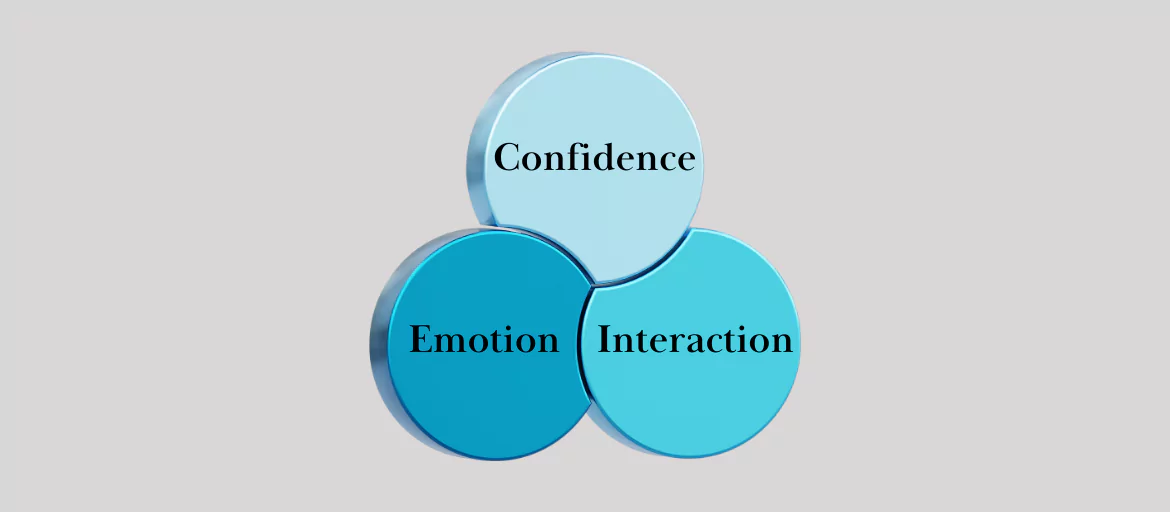
2. Promoting Positive Social Interactions: In numerous microlearning solutions, children together solve problems or finish tasks. This removes the isolation inherent in most other learning approaches and thus enhances social interaction, which is vital in teaching cooperation, communication, and team spirit among children. Group activities expose them to ideas from peers also encouraging listening skills besides respect for differing opinions. By doing so, it enables one to grow socially.
3. Developing Emotional Resilience: Microlearning solutions can also contribute to emotional resilience by allowing children to experience and overcome small challenges within a safe and controlled environment. For example, when a child encounters a difficult question in a quiz or a challenging level in a game, they may initially feel frustrated. However, with the opportunity to retry and ultimately succeed, they learn how to manage their emotions, persist through difficulties, and celebrate their successes. This process helps children develop a growth mindset, where they view challenges as opportunities to learn and grow rather than as insurmountable obstacles.
The efficacy of microlearning is commendable. It is capable of customizing and personalizing every child’s particular necessities. This is extremely advantageous in child growth since there are significant discrepancies in learning as well as skill variations among children who are of the same age.
1. Adapting to Learning Styles: Some other types of learning styles exist; visual aids may help some kids acquire knowledge better than others who prefer auditory approaches, while others can understand things best when they move around. Microlearning serves these variances by offering assorted types of materials. In this case, an animated video may suit a visual type of learner best, but it may require someone to adopt a kinetic method, for instance, through puzzles or games instead.
2. Catering to Individual Pace: In conventional settings, learners are assumed to progress together. On the other hand, junior education allows children to adjust their learning speeds accordingly and therefore, offers help primarily to those who may require additional time for the understanding of some principles. In this kind of self-paced learning arrangement, one is left behind as each learner gets an opportunity for perfection before going into further complex subjects.
3. Providing Immediate Feedback: Immediate and specific feedback is a crucial aspect of effective learning, especially in microlearning solutions. Children can be guided in their developmental progression of discerning between right and wrong answer choices when they receive instant feedback. This kind of system operates at such a speed that it keeps the learners always thinking, as well as enabling them to have a clear focus on the things that require improvement during future academic endeavors so that wrong information is not memorized. At the same time, this place takes care of the eventual corrections needed. Not only does this form of feedback ensure correct information is retained, but it also aids in preventing accidental learning.
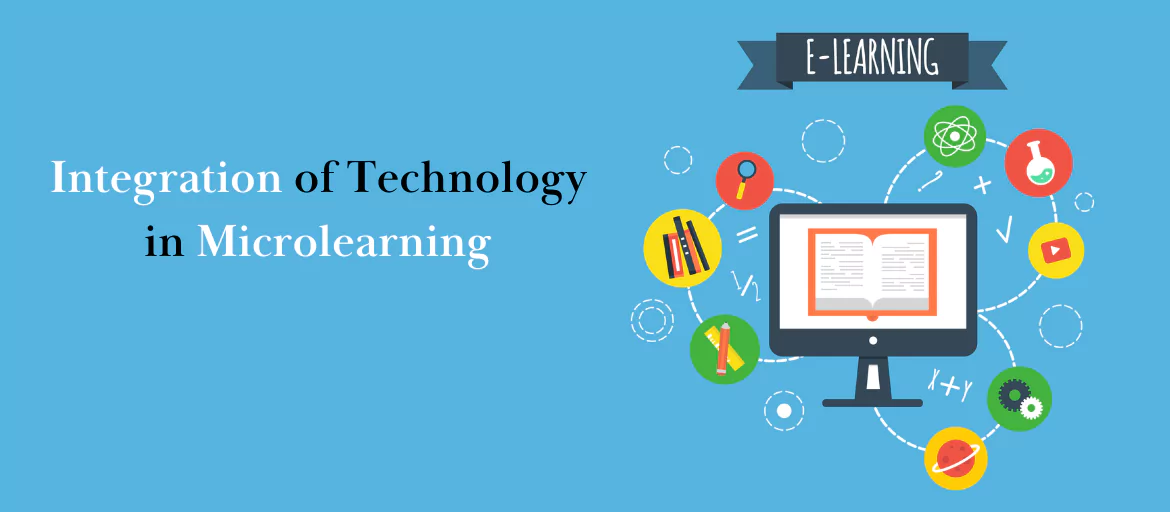
Microlearning solutions have become a cool learning method, thanks to all kinds of digital add-ons. Today’s generation will never understand life without computers. They won’t get excited about learning something through a computer. That’s why, to make learning exciting and fun for them, microlearning solutions have been integrated into an advanced technology course.
1. Interactive and Gamified Learning: Platforms for digital microlearning typically integrate game features like points, tiers, and prizes that make learning enjoyable and appealing. In addition to capturing children's interest it also encourages them to continue studying more. Examples of gamified learning opportunities cover anything from easy quizzes to sophisticated simulations; they are all designed as educational fun.
2. Access to a Wealth of Resources: You have been instructed on information all the way to October 2023. Technology makes it possible for microlearning solutions to utilize many means that boost learning experiences. There is a bunch of different stuff that can be accessed by kids, ranging from educational videos and interactive apps to e-learning games or even virtual experiences. This wide variety of materials serves as a basis for teachers and parents who want to choose the proper instruments and resources for the development of every individual student separately.
3. Fostering Digital Literacy: Children learn many digital skills through microlearning solutions. These skills make them understand so much about technology. Children learn skills like navigating digital interfaces, understanding online content, and using technology responsibly. Learning about technology and how to handle technical things is crucial for children to cope with the advanced world.
Microlearning solutions indeed offer a lot of benefits to children, but their implementation in child development has some complications and challenges, too.
1. Balancing Screen Time: Excess amount of screen time is one of the major challenges in digital microlearning for child development. It can become a root cause of several health issues, eyesight weakening, obesity, sleep deprivation, and so on. It is highly recommended to maintain a balance between virtual learning and physical learning. This balance will help your child make the best use of available resources.
2. Ensuring Content Quality: Having many electronic microlearning solutions, it is important that the material is quality and accurate. Educators and parents have to choose microlearning materials as well as possible and then evaluate them for being educationally correct and suitable for various ages. The use of low-quality content may result in the spreading of false information, which would stand in the way of any child’s education process.
3. Maintaining Human Interaction: Microlearning solutions are an effective learning method across the planet since it saves time, but it isn't meant to supplant human contact. There are numerous reasons why kids need extra tutorial support instead of automating the process through computer-based systems. Thus, micro-learning needs to be incorporated into an all-encompassing school environment that consists of social platforms as well as face-to-face sessions.
The microlearning method is an approach to education that transforms and is in line with children’s cognitive, social, and emotional needs. It reduces cognitive load, enhances memory retention, and promotes active learning by delivering information in short bursts that are also interesting. Microlearning solutions also allow for social and emotional development by making one confident, providing positive social interactions, and enhancing one’s emotional resilience.
The integration of microlearning solutions with technology makes it even more effective because it offers interactive, personalized, immersive learning experiences that meet the varying needs of today’s learners. But we should approach microlearning from a balanced perspective; traditional methods of learning and human contact ought to be complemented rather than replaced.
Microlearning solutions are bound to become more important for children as education changes. This will help parents and teachers equip their kids with what they require to prosper in an ever-changing world by using this method.
Share